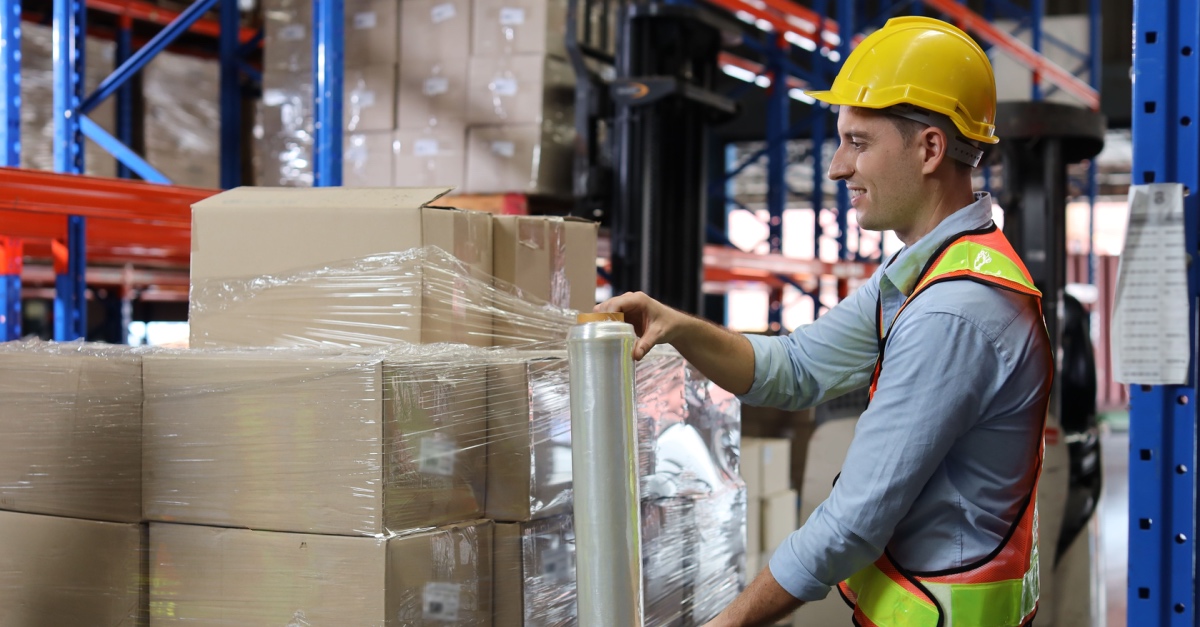

Amazon recently announced they are raising their minimum wage to $15 for its 350,000 permanent, temporary and contract workers. While there are several ‘people oriented’ reasons for doing this, there are also several business reasons why Amazon may have raised their starting wage:
Whatever the reason, one thing is for sure: this bold move by this large creative disruptor is sure to cause upward pressure on other companies who depend on unskilled and low skilled workers to run their businesses, especially those with manufacturing, fulfillment and distribution operations.Waging a War for WorkersThe move by Amazon to increase minimum wages to $15 is designed to attract workers away from competitors and position the company for long-term growth and dominance. This investment in people power parallels their heavy investment in Kiva robots and other automation for their 100+ sorting and fulfillment centers. To compete for workers, other large companies also plan to increase wages. In 2019, Wal-Mart will raise their starting wage to $11 for 1.5 million workers, and Target will increase its starting wage to $15 by 2020 for 323,000 team members.These are big moves by big companies, but where does this leave companies who were already feeling the pinch to raise wages before Amazon’s announcement? How will the distributor, fulfillment company or warehouse who can’t afford to raise its labor costs 40, 50 or 100% continue to compete? In the very short-term, these companies can rely on worker loyalty and intangible rewards such as a familial culture and accrued PTO to retain workers. More practically speaking, however, these companies will need to re-think their entire labor strategy. Some companies, we believe, will decide to exit the unskilled labor market altogether and turn to outsource and automated solutions.Changing Your Labor Game: A Playbook for OutsourcingIf you have a labor-intensive kitting, packaging or fulfillment operation and are grappling with the “Amazon Effect,” consider the benefits of an outsource solution that could change the game for your company and put you on a more profitable path to growth. Here are key elements from the outsourcing playbook:
SummaryReacting to external factors such as competition and wage pressure can have you playing constant defense, instead of growing stronger and improving your customer value proposition. In light of Amazon’s $15 wage announcement, it might be time for you and your team to call a timeout and shift to a more aggressive offensive strategy.If you have unskilled workers in your fulfillment center or similar operation, a smart play call would be to start analyzing an outsource or embed solution using a company like Productiv.Productiv specializes in managing unskilled workforces for a lower cost without sacrificing throughput or quality. For almost 10 years, we’ve been successfully partnering with large consumer goods and packaging companies to change their game and improve their profitability. Not only are they reinvesting dollars in forward-thinking initiatives, but they are now buffered by wage pressures and Amazon’s dominance of the labor supply.

Indicators of supply chain health are a mixed bag lately. A trade group said “normalcy” won’t be achieved in 2024, while the Fed called them “resilient.”

Warehouse labor management is such an evergreen issue, that it should have its own scientific plant name in Latin. How do we consistently find sufficient labor? How do we maintain productivity? What approach do we use?
Get ideas on how to delight your customers with delivery on their timeline.